Judicial Uses of Images: Vision in Decision
Peter Goodrich
£78, Oxford University Press
★★★★★
Reading Peter Goodrich’s Judicial Uses of Images was like being handed a mirror that reflects parts of the law we’re trained not to see. As someone who works in the legal profession, I’ve always approached legal meaning as something constructed through text—statutes, precedents, procedural codes. But this book pulls you into a different orbit, arguing that vision, imagery, and affect have always played a vital role in how law exerts its power.
What struck me most is how Goodrich connects legal authority with visual culture—courtroom design, robes, posture, symbols. These elements don’t just decorate the law; they shape how we experience it. That insight lands especially hard for those of us who have stood in courtrooms and felt how space and spectacle affect the mood and message of proceedings.
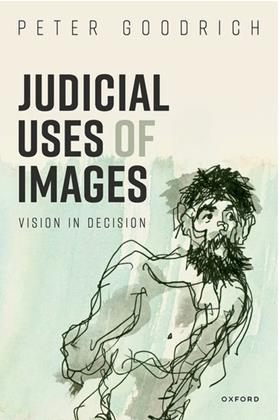
The chapter on 'Evidential Expositions' resonated in particular. Goodrich challenges the idea that images—say, a surveillance video or a photograph—speak for themselves. Instead, he shows how such visuals are deeply interpretive and rhetorical. His comparison of judicial viewing to ancient divination in 'Extispicious Depictures' is poetic but also practical—it reminds us how little is ever seen with full neutrality.
The book is heavy on theory (continental philosophy, psychoanalysis, even theology), but it doesn’t feel abstract. It encourages legal professionals to rethink what counts as legal reasoning and to recognise how much of our work depends on what is seen, staged, or implied—not just what is written.
It’s not a handbook, and it’s not always an easy read, but it’s a fascinating and important one. I came away from it looking at my own practice a little differently—and that, I think, is the mark of a meaningful book.
Judicial Uses of Images: Vision in Decision was published in August 2023
Sheyla Rzaeva is a solicitor-advocate at LPC Law

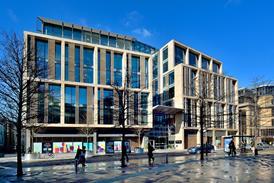

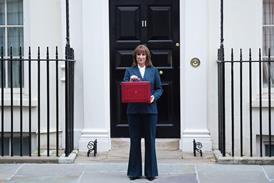
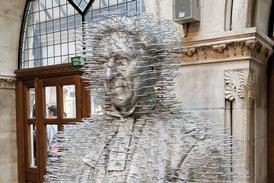

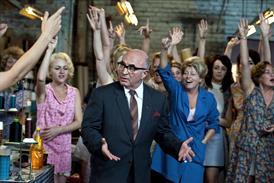






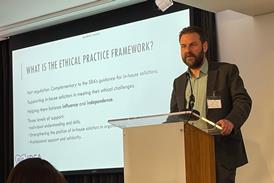

















No comments yet